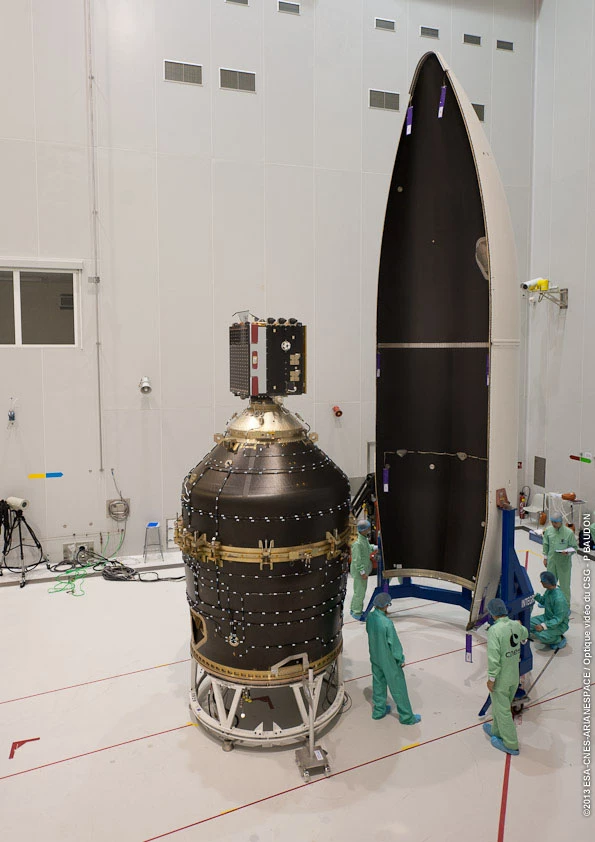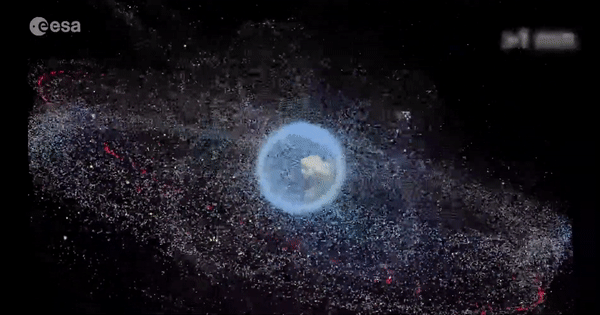ESA has commissioned the world's first mission to recover a piece of space debris in orbit. At the end of November, the space agency's Ministerial Council consortium awarded a service contract to a consortium led by Swiss startup ClearSpace. The ClearSpace-1 mission set to launch in 2025 will intercept and collect a rocket upper stage from a previous ESA mission as part of a project to jump-start the market for the servicing and disposal of orbiting payloads.
Space debris is a major problem with thousands of active and inactive satellites, rocket stages, and general rubbish ranging in size down to paint flecks circling the Earth at hypersonic speeds. With mega-constellations of new satellites planned to be placed in already crowded orbital regions, the threat of collisions that could lead to a catastrophic cascade of destruction increases. Even today, it's recognized that the only way to decrease the threat is by actively removing defunct satellites and other debris from orbit.
Part of ESA's Space Safety program, ClearSpace-1 is tasked with demonstrating the technology that could be developed for a full program of debris clean up. Under international law, satellites are the property and responsibility of those who sent them up, so the test target is ESA's Vega Secondary Payload Adapter (VESPA) upper stage. This was sent into space in 2013 for the second flight of the agency's Vega launcher and is presently in an 800 by 660 km (500 by 410 mi) altitude orbit. It was selected because it weighs only 100 kg (220 lb) and has a simple shape and sturdy construction.

When ClearSpace-1 launches, it will be put into a 500-km (310-mi) orbit. After testing and commissioning, it will then rendezvous with VESPA, where it will use four robotic arms to capture the target before returning with its prize to burn up in the Earth's atmosphere. If the mission is a success, it will pave the way for more ambitious tests involving the capture of multiple pieces of debris.
“Even if all space launches were halted tomorrow, projections show that the overall orbital debris population will continue to grow, as collisions between items generate fresh debris in a cascade effect,” says Luisa Innocenti, heading ESA’s Clean Space initiative. “We need to develop technologies to avoid creating new debris and removing the debris already up there.
"NASA and ESA studies show that the only way to stabilize the orbital environment is to actively remove large debris items. Accordingly, we will be continuing our development of essential guidance, navigation and control technologies and rendezvous and capture methods through a new project called Active Debris Removal/ In-Orbit Servicing – ADRIOS. The results will be applied to ClearSpace-1. This new mission, implemented by an ESA project team, will allow us to demonstrate these technologies, achieving a world first in the process."
The ClearSpace-1 debris capture technique is shown in the animation below.
Source: ESA








